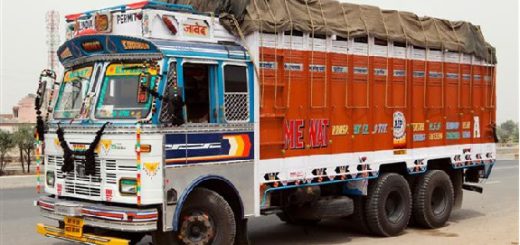August Exports Plummet Amid Red Sea Crisis and Logistical Hurdles
India’s exports contracted by 9.3 percent in August, owing mostly to the ongoing Red Sea tragedy and various logistical demands. According to the Global Trade Research Initiative (GTRI), petroleum product exports fell by 37.56 percent to USD 5.95 billion, down from USD 9.54 billion the previous year. GTRI Founder Ajay Srivastava underlined that this steep drop has hurt India’s typical merchandise alternatives, resulting in a 9.33 percent decline in August 2024 compared to the same month last year.
Interestingly, while crude oil prices remained extraordinarily stable at times during this period, the drop in petroleum exports is directly related to disruptions in the Red Sea, which forced transport routes to take longer and less efficient paths across the Horn of Africa and the Cape of Good Hope. This has made exporting to Europe increasingly difficult.
According to Ashwani Kumar, President of the Federation of Indian Export Organisations (FIEO), this reduction coincides with prolonged global monetary uncertainty, a drop in commodity prices, and ongoing logistical issues. He stated that worldwide change disruptions, along with dropping crude and metals costs, had significantly contributed to lower export costs. As a result, a few exporters have chosen to transfer their focus to the local market, as profitability in exports has been negatively impacted by a dramatic increase in global freight charges for both sea and air delivery.
The logistical demanding situations dealing with exporters encompass a shortage of shipping space, abnormal delivery schedules, and instances of ships skipping Indian ports altogether. These factors have compounded the problems of maintaining sturdy export tiers.
In phrases of trade balance, the change gap widened to USD 29. Sixty-five billion in August, up from USD 23.5 billion in July, elevating worries among industry experts. Kumar confused the urgent want for authorities’ intervention to improve liquidity through deeper hobby subvention assistance and an extension of the interest equalization scheme for at least five years. He also called for the timely extension of the Remission of Duties or Taxes on Export Products (RODTEP) scheme, which is about to run out on September 30, to help exporters plan their techniques shifting ahead.
Despite these challenges, the apparel zone has shown resilience, with exports growing at a mean charge of 7.12 percent from April to August. Mithileshwar Thakur, Secretary General of the Apparel Export Promotion Council (AEPC), reported that prepared-made garment exports grew impressively by 11.88 percent in August, showcasing the power of Indian manufacturers in assembling global sourcing demands.




Recent Comments